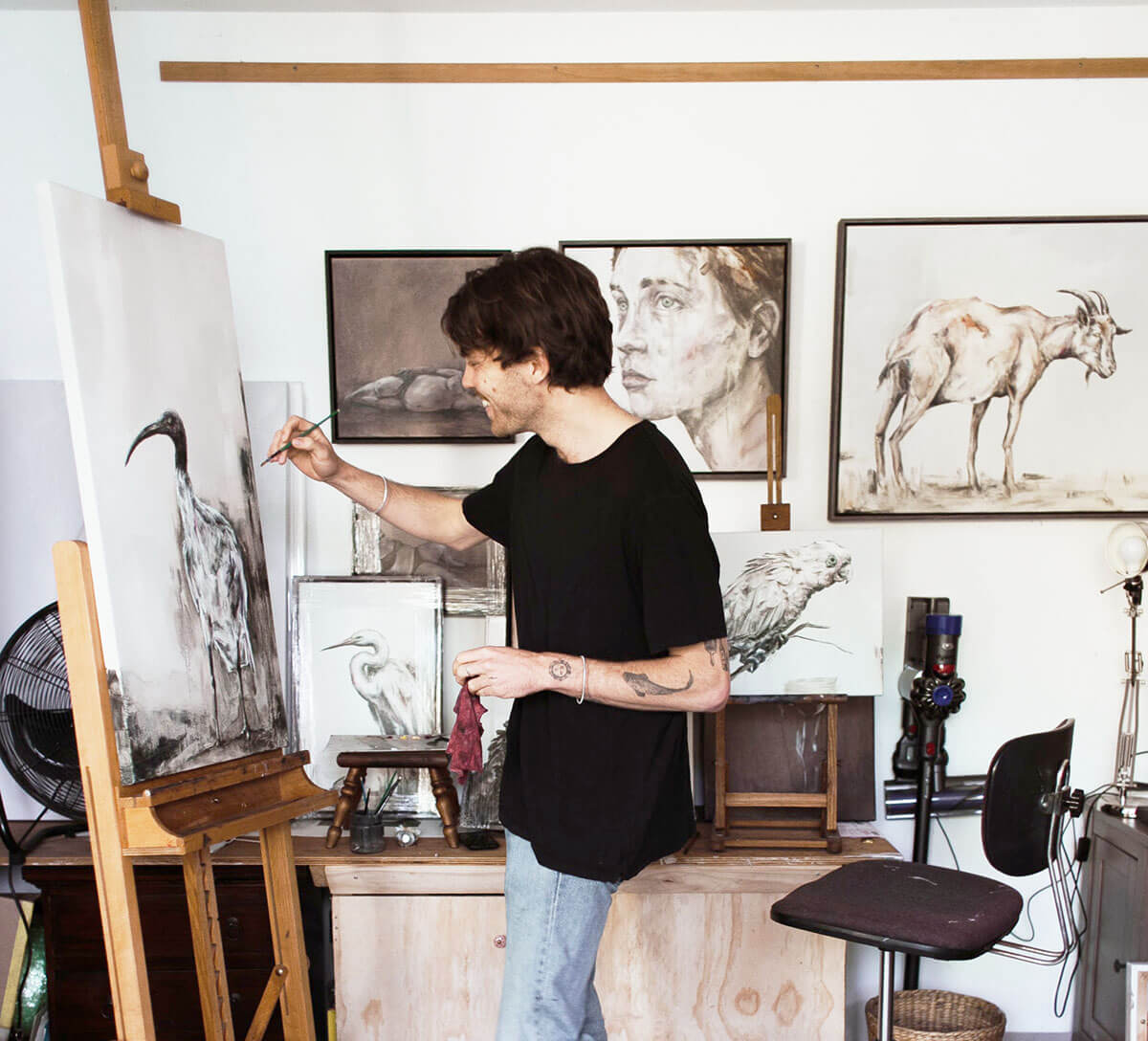Family-owned Icelandic hospitality company Íslandshótel launched in 1992 when it opened Hotel Reykjavík in the capital with just 30 rooms. Today, with 18 properties and 2,000 rooms, the company is Iceland’s largest hotel chain.
Partnering with the right technology systems for growth is front of mind for Hjörtur Valgeirsson, the group’s chief operations officer. He believes openness to ideas and direct lines of communications are key as new technology solutions flood the hospitality sector.
For example, when Íslandshótel integrated housekeeping and maintenance app Sweeply, the hotel had already been testing it for three months. Once it saw the benefits, it rolled it out across the whole chain.
“With Sweeply, we have a local partner,” he said. “They are based in Iceland. So access is very direct because I just pick up the phone and call them. They are open to developing it, open to suggestions.”
Welcome to the jungle
A new wave of artificial intelligence-powered startups and ongoing labor issues that push hotels to turn to technology for more efficiencies are two of the reasons for an influx in recent years of travel tech startups and new product launches.
Subscribe to our newsletter below
“We get daily emails from tech companies that want to solve all kinds of problems,” Valgeirsson said. “It can be tricky to see what is useful, even what to spend time looking at.”
Many hotels continue to shake off outdated platforms too. Scott Strickland, executive vice president and chief information officer of Wyndham Hotels & Resorts, once described its web of multiple systems as a dog’s breakfast — ahead of announcing a $275 million upgrade.
The hotel tech stack has also evolved greatly, said Jared Alster, chief strategy officer and co-founder at travel and tourism marketing agency Dune7.
“It used to be that hoteliers just needed to worry about the classic acronyms: CRS, PMS and CRM,” he said. “But today modern, cloud-based hospitality SaaS has become more specialized with numerous partners providing front-of-house, back-of-house solutions as well as revenue management, not to mention marketing platforms.”
Breaking free
Where does a hotelier start? With caution, experts advise.
Franchised hotels in particular are now able to be more selective than before when evaluating their technology partners.
The mandates have created handcuffs on innovating in the technology space.
Georgine Muntz – Visual Matrix
“I’ve seen a lot more of the brands start to take a selected multi-PMS approach,” said Jacob Messina, CEO of hospitality solutions provider Stayntouch. “It’s a great way forward, you’re not putting all your eggs in one basket that way too.”
The CEO said Cobblestone Hotels is an example where lengthy discussions took place before signing.
“This was one where we’ve been talking to them for many months, and we wanted to know we were the right partner for them. It took us a while to get the contract done,” Messina said. Stayntouch then onboarded 140 hotels across 18 states to its platform within 90 days.
Messina has been on the customer side too, as he was previously senior vice president of technology and innovation at MCR Hotels. He’s a proponent of hotels having more flexibility and said in the past Stayntouch supports free integrations for its hotel clients and any third parties. “It’s really about that partnership, it’s not a transactional relationship to us.”
Hospitality’s “handcuffs” problem
Some brands, however, will dictate the technology used across their properties. Often it’s a case of the bigger the name, the more constraints, as the parent company does all it can to protect its core IP.
“The mandates have created handcuffs on innovating in the technology space,” said Georgine Muntz, CEO of Texas-based hotel operating platform Visual Matrix. According to its recent survey of hospitality industry leaders, the vast majority (92%) said collaboration must be fostered, and the process of adding new tech integrations needed to be improved.
“When you have a mandate, there’s not a lot of motivation for the players that are mandated to work with others. So you end up with a single source provider where there’s not a lot in it for them to innovate, integrate and collaborate with other newer technology partners,” she said. Muntz also said Visual Matrix sees success whenever a brand gives franchisees flexibility. One customer, Best Western Hotels & Resorts, has “always allowed choice,” and Visual Matrix now works with 2,000 of its hotels across 30 countries, she said.
“When we’re out there talking about our solutions, we tell the franchisees we don’t want to be mandated. We want to be on your platform as a choice because when franchisees have the freedom to pick the tools they’re running their business with, they’re happier,” she said.
Muntz credits this collaborative approach as key to securing another customer recently, Sonesta International Hotels, where it is now working alongside Hapi and Sabre’s SynXis.
Rethinking partnerships in the age of AI
Meanwhile, a growing numbers of startups, bolstered by AI, continue to target the sector. “We’ve seen them come out of the woodwork,” Messina said. “Everyone’s dropping dot AI at the end of every product name.”
Experts warn of risks associated with fledgling companies, because hospitality is a complex industry and experience matters.
“The challenge to getting technology right for the hotelier is not just picking the right technology, it is ensuring it integrates well together, captures the thousands of corner cases that would otherwise cause it to break and, finally, that it is implemented effectively by the operation,” said Roman Pedan, founder and CEO of technology-led management company Kasa Living.
He also believes that because the technology is often built by technologists who are not in hospitality, the technology becomes the product — and then gets in the way of the hospitality.
“There are a million and one edge cases of things that are going to happen at the front desk,” Muntz said. “From splitting bills, from moving this to that, from, oh, I checked out, but now I need to pay for this. You’ve got all these different scenarios that happen every day. Over 20 years, we’ve picked up all those edge cases.”
Dune7’s Alster said hotel general managers and chief technology officers should ask any potential technology partner what their expertise specifically is in the hospitality vertical. “This likely comes into play more for systems like a CRM where suppliers might be weighing a decision between something vertical specific, like Sevenrooms, or industry agnostic, like Hubspot or Salesforce,” he said.
Of course, AI presents opportunities for hoteliers to deliver more efficiency and a better guest experience. Pedan said Kasa has been integrating AI into all of its systems for the past two years and is starting to see strong gains in results, with one-in-five of its guest messages now answered directly by AI.
Stayntouch also uses AI internally to automate processes and practices to make its platforms easier for hoteliers to use, focusing on areas such as data cleanliness and profile completeness.
For Valgeirsson, local partnerships remain key to successful operations, as he implements booking system Noona for its restaurants and begins his search for a better way to handle all the hotels’ documentation. “This is a big thing for us now, how we share information,” he said.







